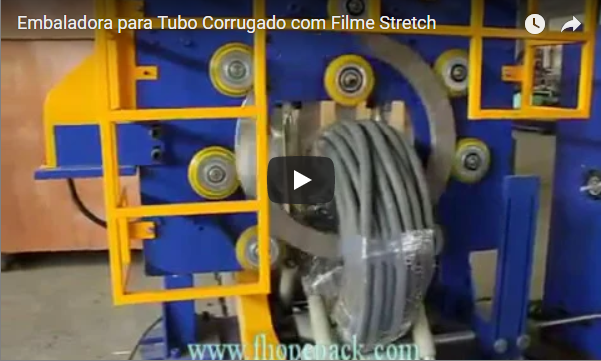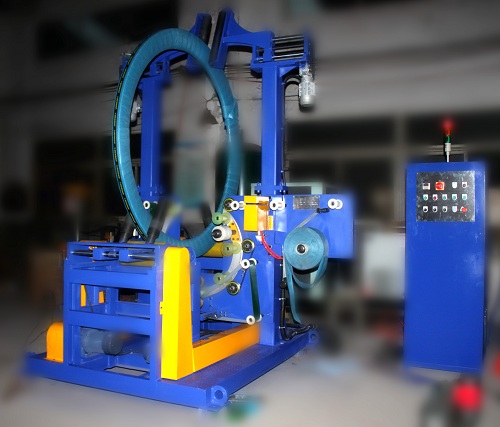Steel wire packaging for sea shipping can be challenging due to changing conditions. You want to ensure the wire arrives undamaged and ready for use. Discover the best practices for shipping steel wire safely.
Effective steel wire packaging for sea shipment involves securing the coils tightly, using moisture-resistant materials, and employing proper labeling for identification. It is crucial to prepare thoroughly, considering factors such as weight distribution, protective coatings, and securing methods to prevent movement during transit.
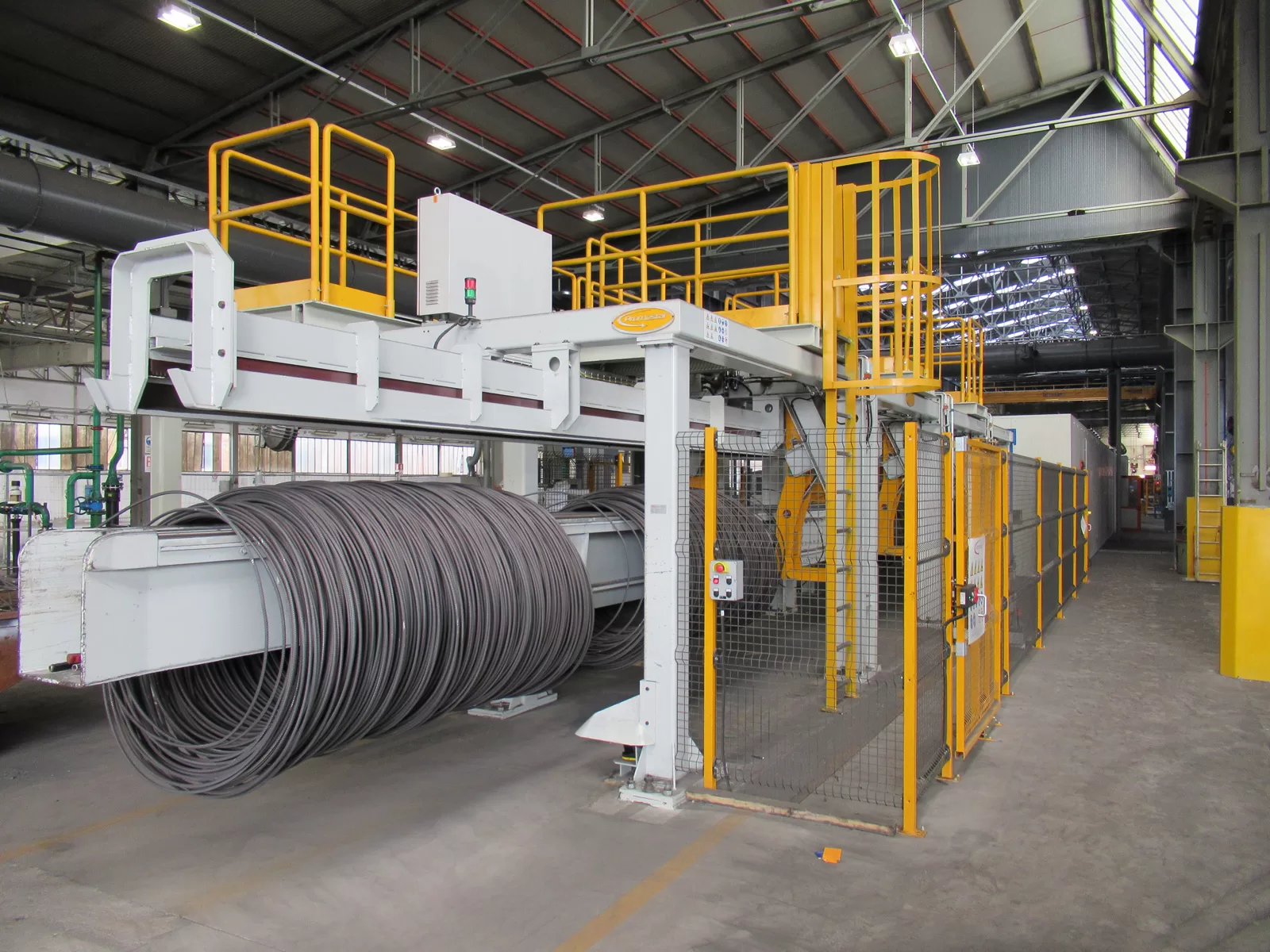
Well-prepared steel wire shipments reduce risks and ensure success. This article guides you through the steps and considerations necessary for efficient sea shipping. Whether you're new to packaging or a seasoned pro, these insights will help you optimize your processes.
Understanding Steel Wire Characteristics
Steel wire is essential in many industries, from construction to manufacturing. When preparing it for shipping, we must consider its delicate surface which can be prone to damage. My experience in the field shows that improper handling can lead to costly repairs and delivery delays.
Proper preparation starts with understanding the steel wire's characteristics. Steel wire is stretchable but vulnerable to corrosion and physical damages. Using the right materials and techniques such as protective films and strong pallets can minimize these risks and ensure damage-free transport.

Selecting the Right Packaging Materials
Choosing appropriate materials is vital. Here's a breakdown of key options:
| Material | Benefits | Considerations |
|---|---|---|
| Moisture-Resistant Wrap | Prevents rust and corrosion | May increase cost |
| VCI Films | Emits rust-preventive chemicals | Needs proper sealing |
| Wooden Pallets | Provides stability | Adds weight to shipment |
| Steel Bands | Secures coils firmly | Can damage wire surface |
Moisture-resistant wraps and VCI films provide excellent protection against environmental factors, essential for sea shipping. However, they may increase cost. Finding the right balance between protection and budget is essential.
Optimizing Shipping Efficiency and Safety
Sea shipment poses unique challenges, such as humidity and movement. Ignoring these can result in operational problems and financial losses. Having worked on numerous projects, I know the importance of addressing these factors early.
Ensuring shipment efficiency involves coil placement on pallets, securing each with steel bands and corner protectors, and labeling correctly. The right procedures, materials, and tools like forklifts and cranes are crucial in handling and transporting steel wire securely.
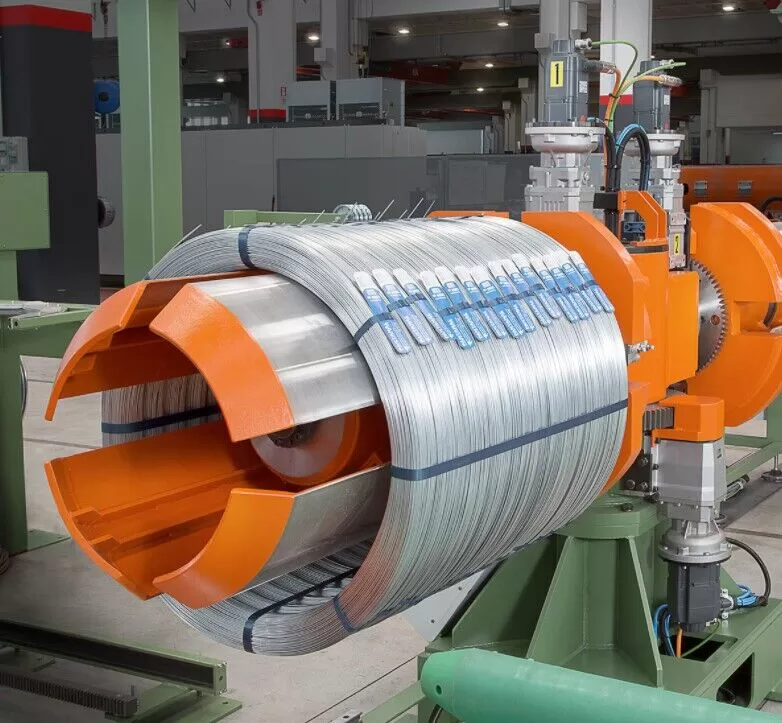
Pre-Shipping Inspection and Documentation
Documentation ensures smooth transit. Here’s how it plays out:
| Step | Description |
|---|---|
| Inspection | Check for damages or weaknesses |
| Documentation | Accurate description and count |
| Compliance Check | Meets all legal requirements |
Ensure documentation is clear and accurate to prevent hold-ups. A good inspection before and after packaging will help identify issues early. Necessary documentation includes complying with customs regulations and shipping labels.
No two shipping solutions are alike. Tailoring packaging solutions to your specific needs can improve outcomes greatly. I recommend following these guidelines to optimize your shipping processes. Hope this analysis provides useful insights, and I encourage sharing your experiences or questions below.## Selecting Appropriate Packaging Materials
Choosing the right packaging materials avoids damage during transport and improves efficiency. But with so many choices, how do you decide the best option?
The right packaging materials depend on your product’s weight, shape, and durability, your transport method, and the climate. Analyzing these factors helps ensure safety and cost-efficiency throughout the supply chain.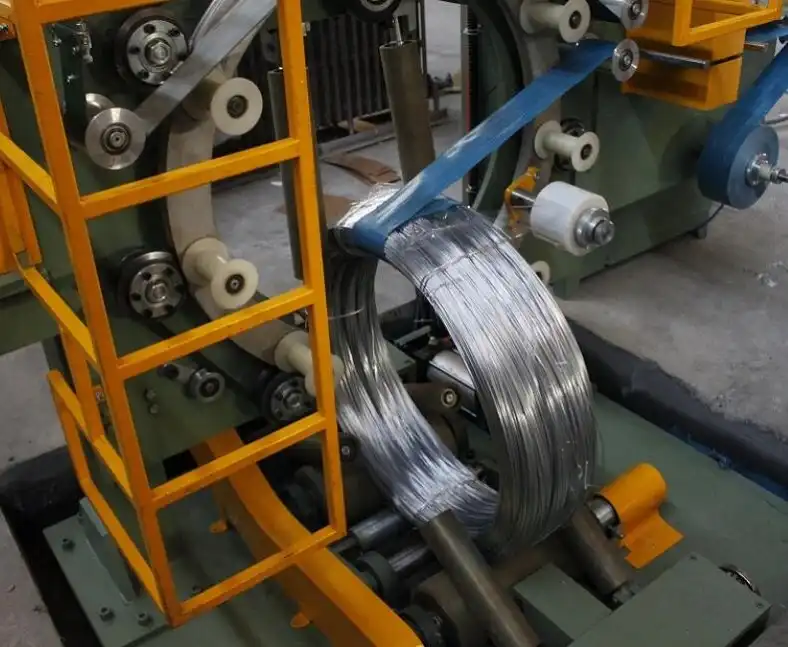
Factors to Consider When Choosing Materials
Selecting the best materials requires understanding various factors. Let’s delve into the key considerations for making an informed choice.
| Factor | Importance | Impact on Packaging |
|---|---|---|
| Product Weight | Heavy products need sturdy materials | Prevents damage and ensures safety during transit |
| Shape and Size | Influences material and design choice | Affects material costs and stability |
| Durability | Needs assessment for protection | Determines resistance to external forces |
| Transport Method | Affects material selection | Ensures compatibility with handling processes |
| Climate | Changes in temperature or humidity | Influences material performance and protection |
By evaluating these factors, you can select materials that enhance protection and improve the overall packaging process. With the right choices, efficiency is boosted, and risks are minimized.
Ensuring Secure and Stable Packing for Transport
In the hectic world of logistics, poorly packed products add stress and cost. How can you guarantee secure and stable packing to prevent such troubles?
Secure packing involves using the right materials and methods. This ensures stability in transit, protects from external impacts, and meets industry standards for safety and efficiency.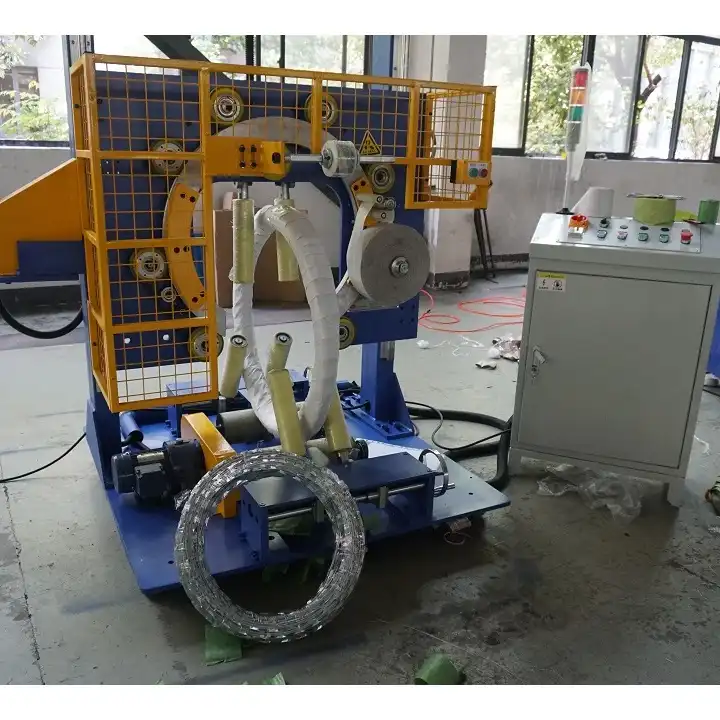
Methods for Achieving Secure Packing
Effective packing requires not just the right materials, but also employing robust methods. Let’s explore key strategies for ensuring secure solutions.
| Method | Purpose | Benefits |
|---|---|---|
| Cushioning | Absorbs shock during transport | Reduces product movement and prevents damage |
| Wrapping | Secures and protects using materials | Protects surfaces and holds products in place |
| Sealing | Ensures package integrity | Prevents leaks and keeps contents secure |
| Palletizing | Organizes and stabilizes loads | Makes handling easier and reduces shifting |
| Labeling | Communicates handling instructions | Alerts handlers to package sensitivities |
Incorporating these methods ensures each package is stable and secure, reducing risks during transit. By understanding the interactions of different packing components, operations can be optimized seamlessly.
In my experience, the importance of selecting the right packaging materials and methods cannot be overstated. When we implemented improved practices back at FHOPEPACK, the reduction in transit damages was notable, leading to increased satisfaction among our clients. This holistic approach not only safeguards products but also streamlines overall efficiency—a goal every manufacturer should strive to achieve.



